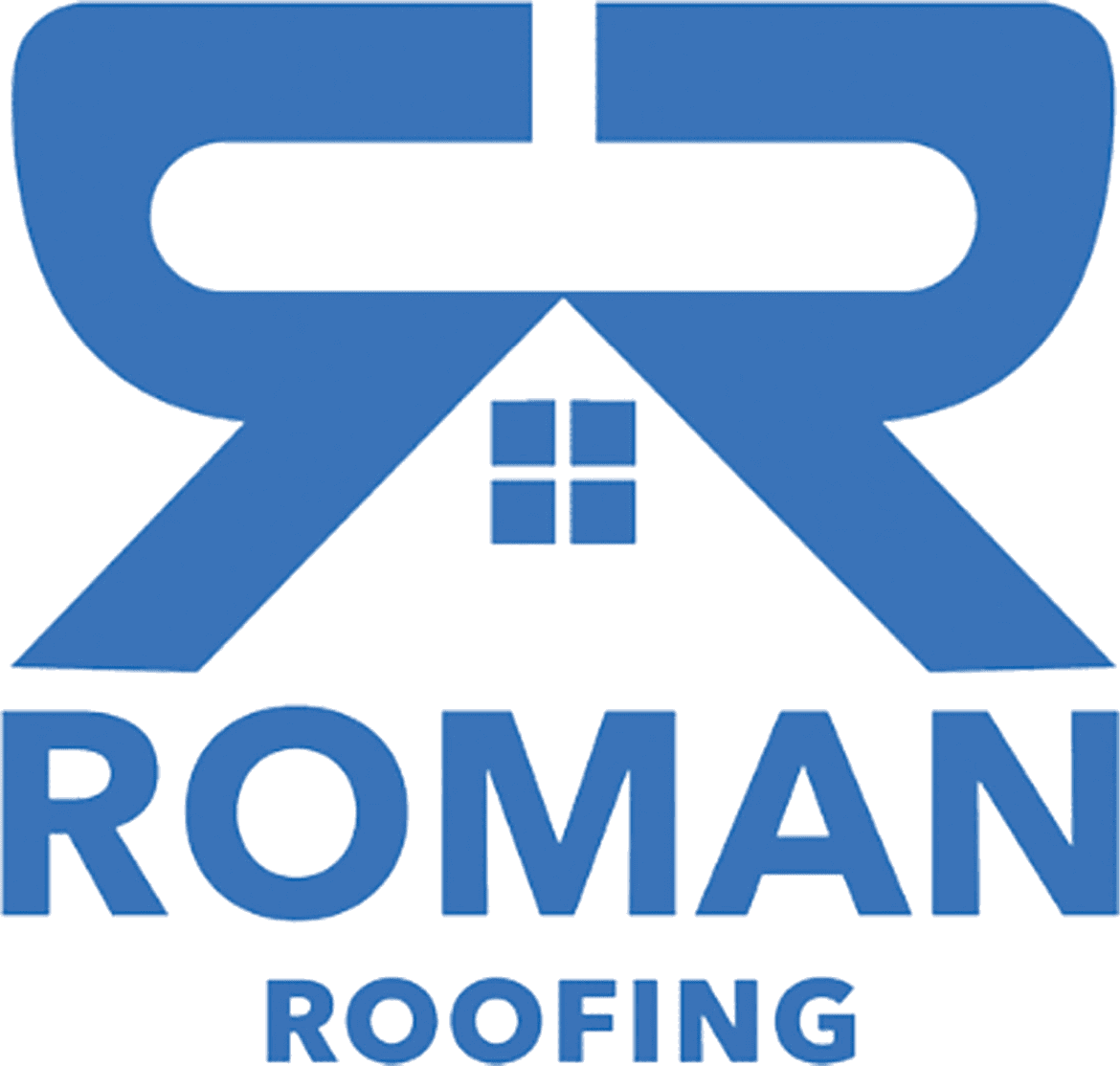In a world increasingly focused on environmental conservation, the construction sector is undergoing a monumental transformation. Roofing, often relegated to a purely functional role, is now at the forefront of this eco-conscious shift. This article provides an exhaustive look into the symbiotic relationship between roofing and environmental sustainability, spotlighting the groundbreaking materials, methods, and practices that are redefining the industry.
Green Roofs: The Pinnacle of Eco-Friendly Roofing
Green roofs are not just a fashionable architectural element; they are living ecosystems situated on building tops. These roofs are typically layered with a range of plant life, from simple grasses to elaborate gardens featuring a variety of shrubs and trees.
Why Green Roofs are a Game-Changer:
- Natural Insulation: The organic matter on green roofs serves as a natural insulator, significantly reducing the building’s dependency on mechanical heating and cooling systems, thereby conserving energy.
- Urban Biodiversity: These roofs act as miniature ecosystems, attracting a diverse range of flora and fauna, thereby enriching urban biodiversity.
- Stormwater Management: The soil and plant layers on green roofs absorb and slow down rainwater, mitigating flood risks and reducing the load on stormwater drainage systems.
Solar Roofs: The Future of Renewable Energy in Roofing
Solar roofs are a monumental leap towards sustainable energy solutions. These roofing systems seamlessly integrate solar panels or solar tiles into the roof’s architecture, serving dual purposes—protection and power generation.
Advantages of Solar Roofs:
- Carbon Footprint Reduction: Solar roofs cut down dependency on fossil fuels, contributing to a significant reduction in greenhouse gas emissions.
- Economic Benefits: Over time, the energy generated can offset electricity costs, making it a financially sound investment.
Recycled Roofing Materials: Sustainability Meets Functionality
The drive towards sustainability has led to the development of roofing materials made from recycled or reclaimed components. From shingles made from reclaimed wood to rubber tiles crafted from recycled tires, these materials are both eco-friendly and practical.
Benefits of Using Recycled Materials:
- Waste Minimization: Utilizing recycled materials reduces the need for new resources, thereby minimizing waste and the energy consumed during production.
- Carbon Footprint: These materials often require less energy to manufacture than their brand-new counterparts, contributing to a lower carbon footprint.
Cool Roofs: The Answer to Urban Heat Islands
Cool roofs are engineered to maximize sunlight reflection and minimize heat absorption, effectively combating the urban heat island effect. These roofs employ reflective paints, specialized tiles, or shingles to achieve this effect.
Why Cool Roofs Matter:
- Energy Efficiency: By reflecting more sunlight, cool roofs reduce the need for air conditioning, leading to substantial energy savings.
- Indoor Comfort: Cooler roofs contribute to a more comfortable indoor environment, especially during the sweltering summer months.
Rainwater Harvesting: The New Norm in Roofing Design
Modern roofing designs are increasingly incorporating rainwater harvesting systems. These systems collect, filter, and store rainwater for various uses, reducing the demand on municipal water supplies.
Longevity and Durability: The Unsung Heroes of Sustainable Roofing
Sustainability isn’t just about using eco-friendly materials; it’s also about longevity. Durable materials like slate, metal, or clay tiles require fewer replacements over time, reducing the overall environmental impact.
Biodegradable Roofing: The Future is Now
Ongoing research aims to develop roofing materials that are not only durable but also biodegradable. These materials can decompose at the end of their lifecycle, leaving no lasting environmental impact.
Energy-Efficient Insulation: The Silent Contributor to Sustainability
Effective insulation is crucial for energy conservation. A well-insulated roof minimizes heat loss in winter and heat gain in summer, reducing the need for heating and cooling systems.
Sustainable Manufacturing: The Way Forward
Eco-conscious manufacturers are adopting sustainable practices, such as using renewable energy in production processes, minimizing waste, and sourcing raw materials responsibly.
The New Era of Sustainable Roofing
Roofing has evolved from being a mere functional element to becoming a significant contributor to global sustainability efforts. As technology and innovation continue to advance, roofing solutions are becoming increasingly eco-friendly, offering a harmonious blend of functionality and environmental responsibility. This transformation signifies a brighter, greener future for both the industry and the planet.

